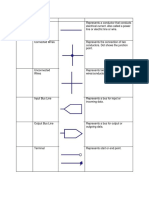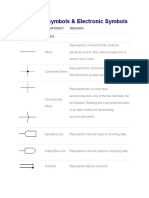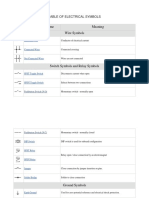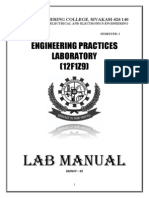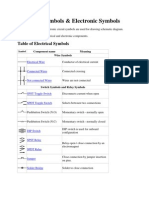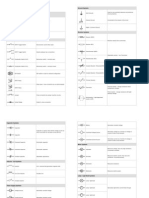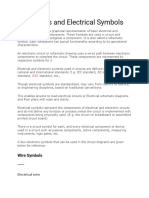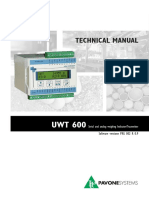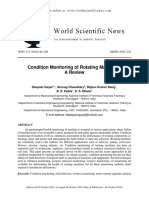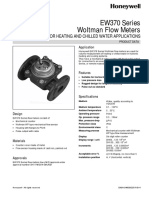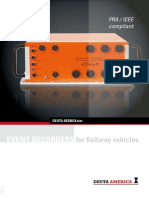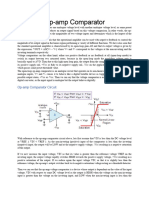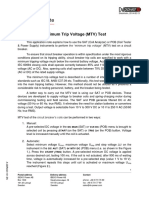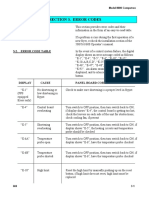0% found this document useful (0 votes)
27 views7 pagesModule 1 Week 1 2
The document provides a comprehensive overview of basic electronic symbols used in wiring diagrams, detailing various components such as wires, switches, capacitors, resistors, diodes, transistors, and more. Each symbol is accompanied by a brief description of its function and application within electrical and electronic systems. This information serves as a guide for understanding and interpreting schematic diagrams effectively.
Uploaded by
barayugajoshua2Copyright
© © All Rights Reserved
We take content rights seriously. If you suspect this is your content, claim it here.
Available Formats
Download as PDF, TXT or read online on Scribd
0% found this document useful (0 votes)
27 views7 pagesModule 1 Week 1 2
The document provides a comprehensive overview of basic electronic symbols used in wiring diagrams, detailing various components such as wires, switches, capacitors, resistors, diodes, transistors, and more. Each symbol is accompanied by a brief description of its function and application within electrical and electronic systems. This information serves as a guide for understanding and interpreting schematic diagrams effectively.
Uploaded by
barayugajoshua2Copyright
© © All Rights Reserved
We take content rights seriously. If you suspect this is your content, claim it here.
Available Formats
Download as PDF, TXT or read online on Scribd
/ 7










